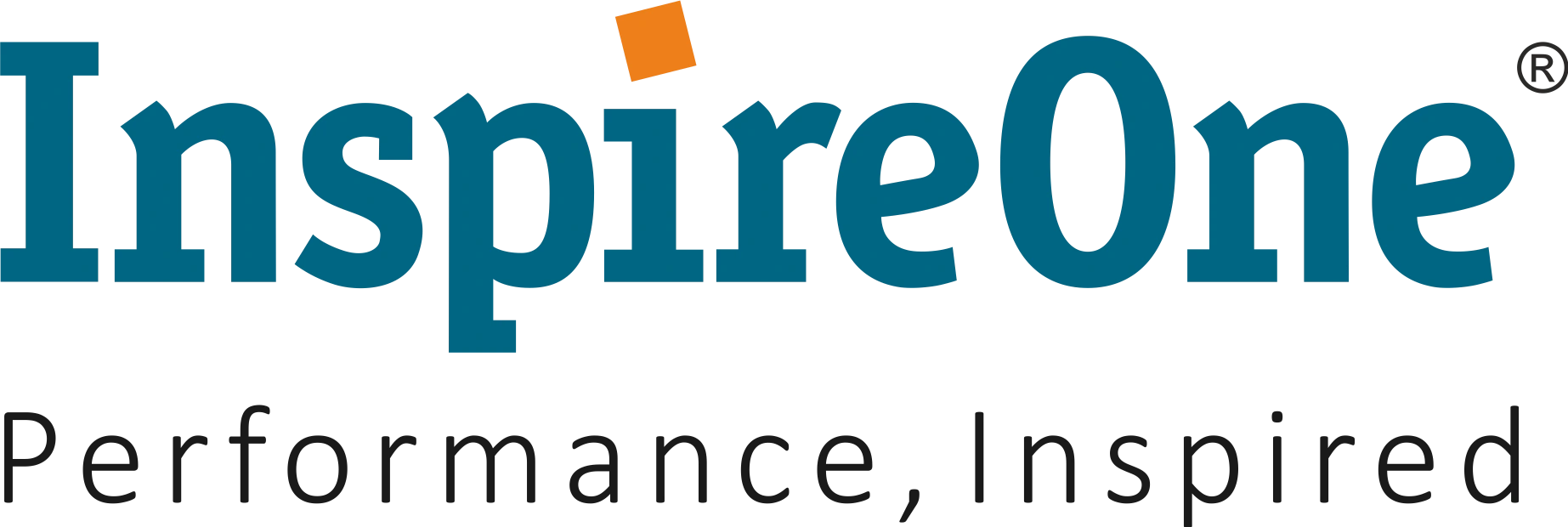In the realm of professional growth, ascending to the middle management tier can be a challenging journey. This is particularly evident in a statistic that cannot be ignored: between 27% and 46% of mid to senior-level manager transitions end up as disappointments or failures within two years, as per a McKinsey survey.
In InspireOne’s recent webinar with Mr. Ranjan Banerjee, CHRO at Berger Paints, and Mr. Chandra Sekar R, OD Specialist at Infosys, we tried to get to the bottom of this troubling tendency and investigate how these transitions may be effectively navigated.
Our panelists began by shedding light on the pivotal mindset shifts required for a successful transition. Here are some of these key shifts:
From Task Focus to Strategy Focus: Switching from a task-oriented mindset to one that is aligned with the larger organizational plan is essential. Setting long-term objectives, aligning teams with corporate goals, and encouraging a visionary mindset are all part of this transition.
Delegation Over Micro-management: Trusting the next layer of managers to handle teams efficiently ensures a seamless transition. One of the primary reasons transitions falters is the reluctance to let go of micro-management.
Building Bridges: A critical aspect often overlooked is the art of building meaningful connections. The ability to collaborate and connect across functions, departments, and even industries become paramount.
However, the journey to middle managers excellence is not without its share of obstacles. In the next set of dialogue, some obstacles, and ways to block them were discussed:
Redefining the Middle Managers Role: Organizations must carefully evaluate whether a role qualifies to be a Middle Managers role, considering its distinct contribution and its alignment with roles above and below. Preventing role ambiguity ensures that Middle Managers can confidently drive strategic impact without feeling lost in their responsibilities.
Navigating through Midlife Challenges: Middle Managers, typically in their 30s to 40s, face a unique set of challenges that arise from the intersection of personal and professional life. Often grappling with familial responsibilities, such as raising children or caring for aging parents, they find themselves navigating midlife complexities. By providing resources for managing stress, work-life balance, and personal development, companies empower Middle Managers to lead effectively while nurturing their well-being.
Shaping Success from the Top: A critical factor in Middle Managers excellence lies in the hands of their direct superiors, the Managers of Middle Managers. To ensure successful Middle Managers, these superiors must initiate constructive conversations. This includes conducting 360-degree assessments, fostering dialogue about lessons learnt, and discussing effective team management strategies. The Manager of Middle Managers serves as the cornerstone for establishing a fair playing field that drives team cohesion development.
Coaching and Mentoring: The terms “coaching” and “mentoring” are often thrown around, but their true impact is realized when organizations commit to developing these skills among their managers. Coaching and mentoring are more than just buzzwords. Ranjan, CHRO of Berger Paints talks about Berger’s Line Manager Capability program delivered by InspireOne consultants. This program addresses critical aspects and the heart of it all – coaching and mentoring.
On competencies needed for MoMs, Mr. Ranjan continued talking about the transformative power of coaching. Coaching provides concrete tool for coachee’s growth. For example, tools like journaling can be immensely impactful. Encouraging coachees to document their actions, and plans fosters accountability and self-awareness. He talks about how at Berger Paints, commitment to nurture talent is directly tied to promotions.
While talking about the best practices for seamless transition for MoMs, our panelists presented the following points:
1) Nurturing Engagement – Measuring employee engagement is the first step in equipping managers to lead effectively. Ranjan suggests tying the manager index score to the employee engagement scores – giving a measure of leadership effectiveness.
2) Managing demands – Highlights the importance of maintaining equilibrium regardless of the business climate. A skilful manager of managers funnels pressure instead of tunnelling it down.
3) Coaches for Manager of Managers – While we talk about Middle Managers to develop coaching skills, it is equally important for them to seek support from coaching. An experienced coach can help managers refine their coaching skills, ultimately leading to leadership development at all levels.
In summary, the transition from new managers to manager of managers involves more than just a name change—it involves a change in strategy, competencies, and perspectives. The ideas of Ranjan Banerjee and Chandra Sekar act as a compass, showing a way towards developing effective leaders.
If you are looking to strengthen your middle managers and revitalize this vital link to drive sustainable growth, feel free to explore our solutions here.







